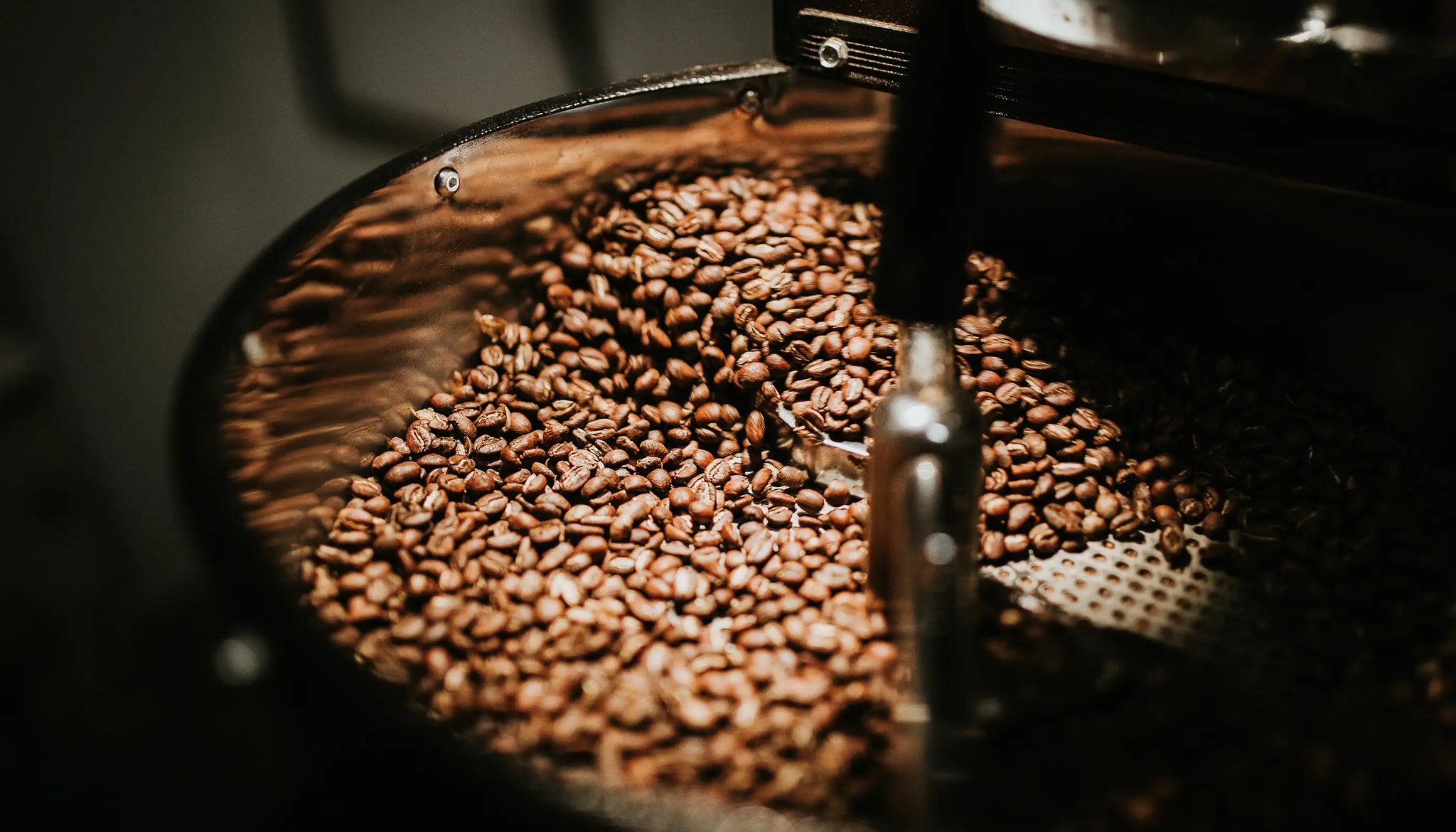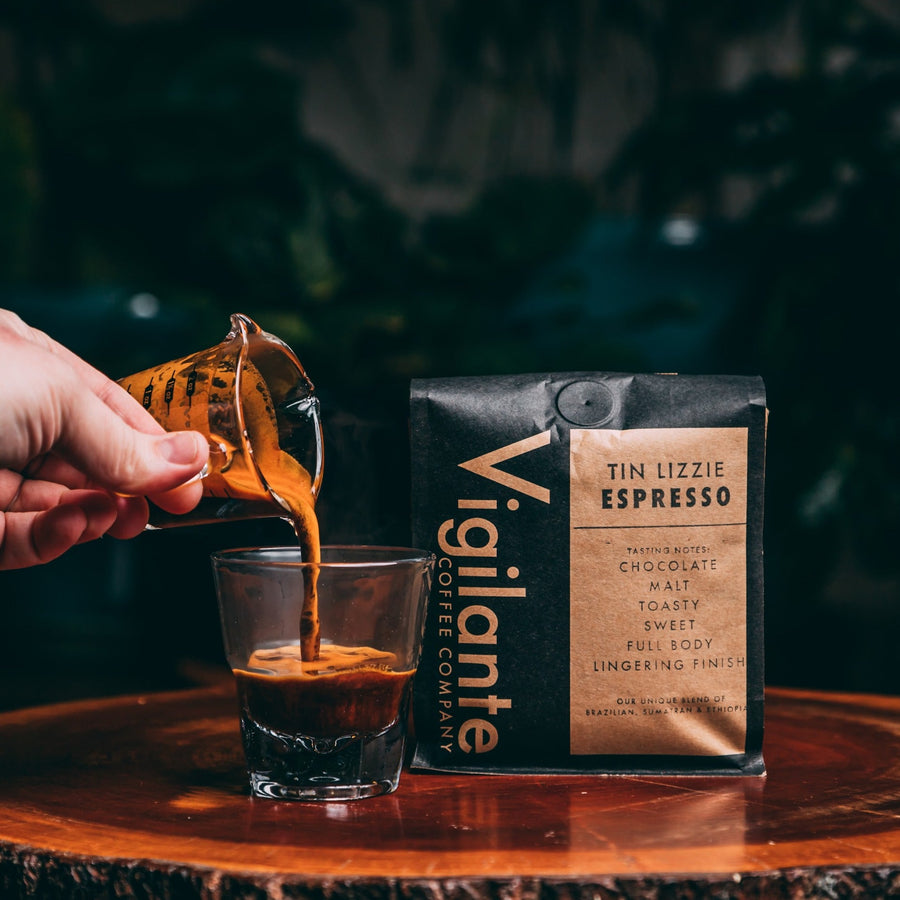SOE Single Origin Espresso – Highlighting Flavors from One Region
SOE Single Origin Espresso – Highlighting Flavors from One Region
Blog Article
Comprehending Coffee Beans: the Trip From Coffee to Blended Coffee Beans

The Beginnings of Coffee: A Worldwide Point Of View
While you may think about coffee as a modern staple, its beginnings trace back centuries, intertwining with societies around the world. The tale starts in Ethiopia, where legend claims a goat herdsman called Kaldi discovered the invigorating effects of coffee beans after seeing his goats romping energetically after eating them. This stimulated interest, bring about coffee's spread to Arab traders who treasured the made beverage. By the 15th century, it got to Persia, Egypt, and Turkey, where coffeehouses ended up being social centers for conversation and society.
As profession courses broadened, coffee made its method to Europe in the 17th century, swiftly acquiring appeal. Each society included its special spin to coffee preparation, enriching its background.
Farming and Harvesting of Espresso Beans
As coffee's trip evolved, the focus moved to the growing and harvesting of certain bean selections, especially those utilized for coffee. You'll locate that espresso beans usually originate from Arabica or Robusta plants, each offering distinctive tastes. The excellent expanding problems include high elevations and rich, well-drained soil, which enhance the beans' high quality.
Throughout the harvest, selecting approaches differ. Timing is essential; you want to harvest when the cherries get to peak perfection for maximum flavor.
Once harvested, the beans are prepared for handling, which is necessary in establishing their final taste. Recognizing the growing and collecting procedures gives you insight into what goes right into your preferred coffee, improving your appreciation for every mug.
Processing Methods: From Cherry to Bean
Since you've learnt more about gathering espresso beans, allow's discover how those cherries change right into the coffee beans you like. You'll see just how various harvesting methods effect taste, complied with by the crucial actions of fermentation and drying. We'll damage down the milling and grading procedure that identifies your coffee's top quality.
Gathering Methods Described
When it involves coffee, recognizing harvesting methods is important, since they straight affect the flavor and high quality of the beans you delight in. There are 2 key methods: careful picking and strip selecting. Selective choosing involves hand-picking just ripe cherries, guaranteeing you get the best quality beans. This method often brings about a richer taste account, though it's more labor-intensive. On the other hand, strip selecting methods harvesting all cherries at the same time, no matter perfection. While it's quicker and more affordable, this can lead to a mix of flavors, influencing the end product. Eventually, the choice of harvesting method can considerably affect your coffee experience, so it deserves understanding just how those beans made it to your cup.
Fermentation and Drying Out
After gathering, the next steps in processing coffee beans play a significant role fit their flavor. You'll find that fermentation is crucial, as it helps damage down the mucilage bordering the beans, enhancing their taste account. Depending upon the technique, this process can last from a few hours to numerous days, with varying results based upon temperature level and humidity.
As soon as fermentation is full, drying adheres to, which is equally important. You can select from sun-drying or mechanical drying techniques. Sun-drying allows the beans to absorb tastes from the atmosphere, while mechanical drying out warranties regular dampness degrees regardless of climate. Correct drying out is crucial to prevent mold and preserve the beans' quality, inevitably influencing your cup of coffee.
Milling and Grading Refine
As fermentation and drying established the phase for taste advancement, the milling and grading procedure warranties that only the finest coffee beans make it to your mug. This stage involves getting rid of the outer layers of the coffee cherry, consisting of the parchment and husk. High-grade beans receive a higher quality, resulting in a richer coffee experience.
Toasting Techniques: Unlocking Taste Possible
When you roast coffee beans, the method you pick can significantly impact the flavor account. Recognizing the relationship between time, temperature level, and roasting methods is crucial to revealing the capacity of your brew. Let's discover exactly how these components come together to produce the excellent mug.
Roasting Approaches Described
While you could think that all coffee toasting approaches produce the exact same outcomes, the reality is that each technique exposes unique flavor possibilities in the beans. Drum toasting utilizes a revolving drum to evenly distribute warm, enhancing caramelization and generating a balanced taste. Air roasting, on the other hand, circulates hot air around the beans, promoting a lighter roast with noticable level of acidity.

Influence on Taste Profile
Different toasting approaches not only influence the procedure however additionally greatly affect the flavor account of the coffee beans. When you pick a light roast, you'll experience intense level of acidity and floral notes, showcasing the bean's origin. In comparison, a tool roast balances level of acidity with sweet taste, typically revealing chocolatey undertones. Dark roasts, on the various other hand, bring out bold, smoky flavors, occasionally concealing the bean's one-of-a-kind features. Each technique exposes different oils and compounds, causing a wide array of flavors. By trying out with various toasting designs, you can find which profiles reverberate with your palate. Recognizing these subtleties aids you appreciate the creativity behind your cup of coffee, enhancing your total experience with every sip.
Time and Temperature Level Factors
To launch the full flavor potential of coffee beans, both time and temperature level during the toasting process play substantial functions. When roasting, you'll find that greater temperature levels can swiftly create tastes, yet if you rush it, you could finish up with burnt notes. On the other hand, lower temperature levels permit for an extra steady taste growth, showcasing the beans' one-of-a-kind characteristics.

Timing is just as crucial; extending the roast also long can cause a loss of acidity and brightness, while too short a roast article could leave the beans underdeveloped. Discovering that wonderful place calls for practice and experimentation. By adjusting these factors, you can reveal the rich, intricate flavors concealed within each bean, creating an absolutely amazing coffee experience.
The Art of Mixing: Crafting Unique Coffee Accounts

Start by selecting a base coffee that provides a strong structure. An intense Ethiopian bean can bring fruitiness, while an abundant Brazilian coffee includes body.
As you mix, keep in mind that each mix narrates. You're not simply making coffee; you're producing an experience. Take your time, preference regularly, and enjoy the trip of uncovering your trademark mix - Single Origin Espresso.
Brewing Techniques: How Preparation Affects Taste
Blending coffee opens up a domain name of taste possibilities, but exactly how you make that blend can substantially influence your last cup. On the other hand, a pour-over highlights the coffee's clearness and illumination, perfect for showcasing fragile notes.
Coffee, with its high stress, generates a concentrated shot that accentuates sweet taste and crema. If you prefer a lighter brew, think about a cool brew approach; it generates a smooth, less acidic preference.
Changing variables like water temperature level, grind dimension, and make time can change your coffee's account. Embrace the art of brewing to find the tastes concealed in your coffee blends.
The Future of Coffee: Sustainability and Technology
As the coffee sector advances, sustainability and development are coming to be necessary for resolving environmental challenges and meeting consumer needs. You'll observe that even more coffee companies are taking on eco-friendly methods, from sourcing beans ethically to implementing lasting farming methods. These changes not just aid the planet however likewise enhance the high quality of the coffee you appreciate.
You may see innovations like biodegradable packaging and water-saving brewing methods that reduce waste. Advanced innovation, such as blockchain, is also coming to be prominent, making sure transparency in the supply chain, which permits you to trace your coffee back to its origins.
Additionally, spending in neighborhood communities and sustaining farmers via reasonable profession initiatives cultivates a much more sustainable coffee community. As you sip your following cup, bear in mind that your options can contribute to a brighter great post to read future for coffee. By going with lasting brands, you're not simply enjoying a drink; you're making a favorable influence on the world.
Regularly Asked Questions
What Is the Difference In Between Arabica and Robusta Beans?
Arabica beans are smoother, sweeter, and have a greater level of acidity, while robusta beans are stronger, a lot more bitter, and consist of more caffeine. You'll observe these distinctions in taste and aroma when making your coffee.
Just How Does Altitude Affect Coffee Bean Flavor?
Elevation impacts coffee bean flavor significantly. Higher elevations click for more info create beans with brighter level of acidity and complex flavors, while lower altitudes frequently generate beans that are much heavier and less nuanced. You'll discover these differences in your cup!
What Are the Health And Wellness Benefits of Drinking Coffee?
Consuming alcohol coffee can improve your energy, enhance psychological emphasis, and even enhance physical efficiency. It's abundant in antioxidants, may decrease the danger of specific conditions, and can advertise a healthier metabolism when consumed in moderation.
Can Coffee Beans Be Reused for Developing?
Yes, you can recycle coffee beans for brewing, but the taste may be weaker. If you appreciate exploring, try reusing them in various means, like cold brews or including to shakes for an added kick.
How Should I Store Coffee Beans for Quality?
To keep your coffee beans fresh, keep them in an impermeable container in a cool, dark place. Prevent revealing them to wetness, light, or heat, as these aspects can rapidly deteriorate their taste and aroma.
Understanding Coffee Beans: the Journey From Espresso to Blended Coffee Beans.
Now that you have actually discovered concerning collecting espresso beans, allow's explore just how those cherries change right into the coffee beans you enjoy.When you roast coffee beans, the approach you pick can drastically affect the flavor account - Single Origin Espresso.While you might think that all coffee roasting approaches yield the very same outcomes, the reality is that each method exposes distinct taste capacities in the beans.Various toasting methods not only affect the procedure but additionally significantly impact the taste profile of the coffee beans
Report this page